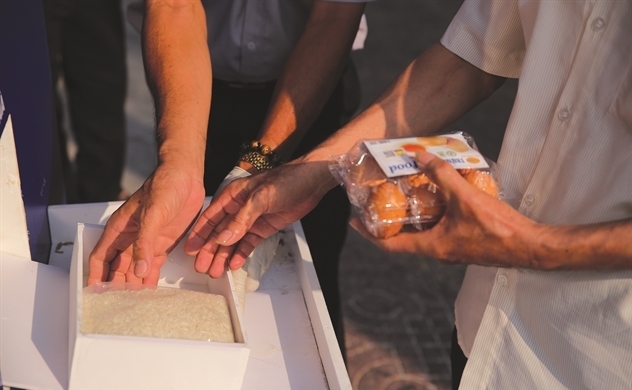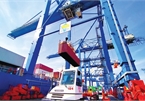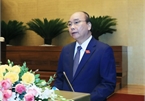The most recent report of the World Bank on East Asia and Pacific predicted that the COVID-19 pandemic may force Vietnam’s GDP growth rate to 4.9 percent, or 1.6 percentage point lower than previously predicted. In the worst scenario, the figure may even drop to 1.5 percent.

The bank warned that inflation may increase temporarily.
The pandemic and long social distancing period may lead to stagflation as the economy’s growth slows down and output decreases when both prices and the unemployment rate increase.
The Ministry of Planning and Investment's (MPI) Q1 report showed that 34,900 businesses have closed their doors and 2 million workers are at risk of losing jobs.
Production activities have become stagnant, and if there is no timely solution, it will lead to a sharp decline in output and supply. Once the supply shortage becomes serious, this will push prices up and prompt goods speculation.
| Production activities have become stagnant, and if there is no timely solution, it will lead to a sharp decline in output and supply. Once the supply shortage becomes serious, this will push prices up and prompt goods speculation. |
Regarding demand, if the policies on loosening the monetary policy cannot be managed well, cheap currency will push goods prices up.
The problem is that if the government continues to pump money into circulation to stimulate the economy, this will lead to high inflation. If the government tightens monetary policy, the recession would become even more serious.
In many cases, governments accept recession and gather strength to repel inflation and stabilize the currency value first, and then apply solutions to boost the economy to develop again.
Vietnam several times in the past saw high two-digit inflation rates. In 2008, the inflation rate was 23 percent, or triple the GDP growth rate.
In 2010, the inflation rate was 11.75 percent, twice as much as GDP growth rate, and in 2011, it was 18.58 percent. These were attributed to the high credit growth rate with large amounts of money pumped into the economy.
“It is necessary to curb inflation and interest rate at low levels, stabilize the exchange rate, step up public investments with strict supervision, and improve the investment environment. If so, the economy will recover rapidly after the pandemic ends,” the April report of the Hanoi Economics University reads.
If the inflation rate is high and macroeconomic instability occurs, Vietnam will have to spend the next years to solve problems. If so, the economy will become stagnant.
Vietnam is controlling inflation well, with the CPI in March decreasing by 0.72 percent compared with February.
Le Ha

Revised Vietnam's GDP goals to buttress growth
The aftermath of the health crisis has prompted Vietnam to consider adjusting its economic growth target,

PM asks for parliament's approval on lower GDP growth amid virus challenges
The Government of Vietnam is asking the National Assembly to approve a revised down GDP growth, as the coronavirus pandemic continues to ravage the world’s economy.
 Vietnam needs to keep inflation and interest rates at low levels, stabilize the exchange rate, accelerate public investments, and improve the investment environment, economists say.
Vietnam needs to keep inflation and interest rates at low levels, stabilize the exchange rate, accelerate public investments, and improve the investment environment, economists say.